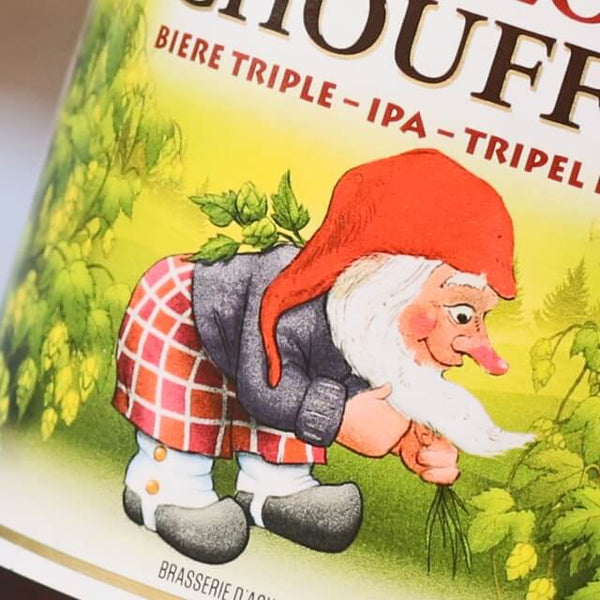
De beste zomerbieren
De beste tips over zomerbieren samen met de beste bier & barbecue tips vind je bij Beerwulf.com. Geniet van verfrissende bieren of tap je eigen bier met BLADE.

Top 10 IPA's | India Pale Ales aanbevelingen
Al fan van de IPA of wil je de India Pale Ale bierstijl beter leren kennen? We delen de 10 beste IPA's die je zeker een keer geproefd moet hebben!

Top 10 beste bieren uit België
De beste Belgische bieren vind je bij Beerwulf. Dit is onze top 10 bieren uit België; proef een selectie bieren thuis op BLADE.

De beste winterbieren
Op zoek naar lekker bier voor in de winter? We selecteren de beste winterbieren. Ideaal bij dit koude weer!

Lichte bieren voor de zomer
Op zoek naar lekkere lichte bieren? Grote kans dat je wil genieten van een biertje in de zon. Van IPA's tot lagers; deze bieren zijn heerlijk in de zomer.

La Chouffe en alternatieven
Het dwergenbier of kaboutertjesbier La Chouffe is natuurlijk een klassieker, maar deze andere klassieke bieren moet je ook zeker proeven.

Beer from Germany | Best German beer brands
Check out the best beers from Germany, including seasonal, regional & crafts. Along with the best German beers list, German brands and famous German breweries.

Craft Beer Near Me | The UK's Top Breweries
Across the UK, there are many great opportunities to try different craft beer from around the world. Find out what tasty treats are nearest you!

The best non-alcoholic beer
Discover our best non-alcoholic beers based on popular favourites, bestsellers and award-winners. Buy 0.0% BrewDog, Affligem and Erdinger at Beerwulf!

Birra Moretti
Birra Moretti ontstond in 1859 toen een 37-jarige Luigi Moretti zijn 'Beer and Ice Factory' opende in Udine, Italië. Ontdek het verhaal van Birra Moretti!



